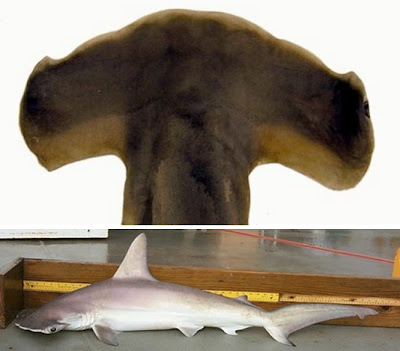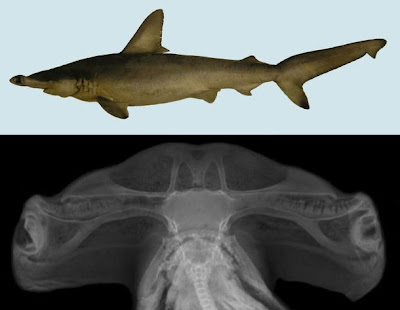ปาดเรียวมลายู | Malayan Slender Tree Frog
Polypedates discantus Rujirawan, Stuart & Aowphol 2013
Abstract
We describe a new species of Southeast Asian rhacophorid frog belonging to the Polypedates leucomystax species complex from Songkhla Province, southern Thailand. Polypedates discantus sp. nov. is distinguished from its congeners by the combination of having the skin of the head not co-ossified with the skull; absent or indistinct white dots on the back of the thigh; paired-vocal sac openings; and a round tubercle on the tibiotarsal articulation. The new species is also distinguished from P. leucomystax and P. megacephalus in univariate and multivariate analyses of quantitative morphometric characters, and has uncorrected pairwise distances of 6.61–7.16% from its closest relative, P. leucomystax, in the mitochondrial 16S rRNA gene The new species has four distinct male advertisement call types, consisting of one-note, two-note, three-note and staccato calls. The new species occurs syntopically with P. leucomystax at the type locality.
Key words: Rhacophoridae; Polypedates; advertisement call; morphology; species complex; Thailand
 |
| FIGURE 6. Polypedates discantus sp. nov. holotype (ZMKU AM 00992) in life.(A) rear of right thigh, (B) ventral view of right hand, and (C) ventral view of right foot. Scale bar = 5 mm. |
Polypedates discantus sp. nov.
Polypedates leucomystax “Morph B” Narins, Feng, Yong and Christensen-Dalsgaard, 1998: 129.
Polypedates sp. “Malay Clade” Kuraishi, Matsui, Hamidy, Belabut, Ahmad, Panha, Sudin, Yong, Jiang, Ota, Thong and Nishikawa, 2013: 1.
Holotype: ZMKU AM 00992, adult male, collected at Thung Tam Sao, Hat Yai District, Songkhla
Province, Thailand, on 15 November 2012 with advertisement calls recorded at 18.35h at 28.4 °C by Anchalee Aowphol, Attapol Rujirawan, Siriporn Yodthong, Korkhwan Termprayoon, and Natee Ampai.
Etymology. The specific epithet discantus taken from dis L. for separate and cantus L. for song, in reference to the new species’ differing call from the syntopic P. leucomystax.
Suggested common name. Malayan slender tree frog (English). ปาดเรียวมลายู: Paad-Reaw-Ma-La-Ewu (Thai), taken from Paad for tree frog, Reaw for slender, Ma-La-Ewu for Malayan.
 |
ปาดเรียวมลายู | Malayan Slender Tree Frog | Polypedates discantus
|
 |
Malayan Slender Tree Frog | Polypedates discantus
male from Wang Prachan, Thai-Malay border
photo by P. Pawangkhanant: 10201387063430364
|
Rujirawan, Attapol, Bryan L. Stuart & Anchalee Aowphol. 2013. A New Tree Frog in the Genus Polypedates (Anura: Rhacophoridae) from southern Thailand. Zootaxa. 3702(6): 545–565. DOI: 10.11646/zootaxa.3702.6.3









































